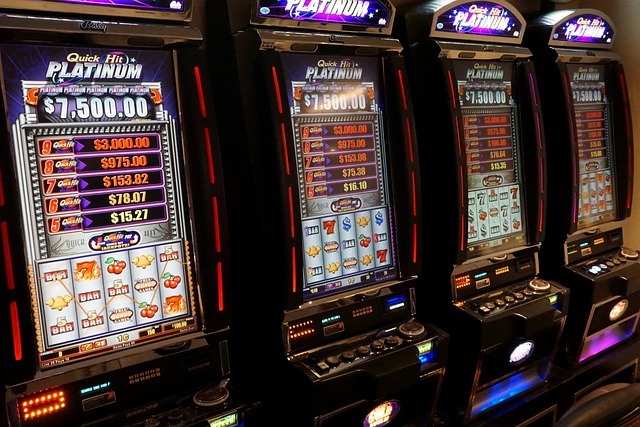Wilds change how a slot pays, but “sticky” and “walking” create very different sessions. Sticky wilds lock in place for several spins or an entire bonus. Walking wilds move one reel per spin until they exit. Knowing the trade-offs helps you pick games that match your bankroll and risk tolerance.
What these wilds actually do
Sticky wilds stay put once they land. They keep substituting on the same tiles, stacking value as more wilds join. This favors setups where one strong screen can carry multiple spins.
Walking wilds shift left or right each spin. They create a sequence of medium-strength screens rather than one anchored setup. Movement adds drama but also reduces the chance of full-reel locks.
Quick comparison table
| Feature | Sticky Wilds | Walking Wilds |
|---|---|---|
| Behavior | Stay in place | Move 1 reel per spin |
| Session Feel | Spiky, jackpot-chase | Smoother, serial payoffs |
| Best When | Multipliers stack, extra spins hit | Re-triggers extend walk duration |
| Risk Profile | Higher variance | Medium variance |
Volatility and session feel
Sticky designs compress value into fewer, bigger moments. You wait for the first wild, then pray for companions and extra spins. Droughts are longer, but the ceiling is high when a cluster forms.
Walking designs spread value across the walk. You see frequent medium hits as the wild travels. The ceiling can still be high with multiple walkers, but average bonuses feel more even.
Reading patterns in practice
Before committing a session, run 100–200 test spins. Track not only how often a feature triggers, but how many sticky tiles or walkers you typically see at once. Two sticky wilds early is a different game than a single walker that starts on the edge.
If the game offers a “bonus bet,” confirm whether it increases feature frequency or only improves placement. A costlier spin that doesn’t change entry rate often just raises variance without more opportunities.
Bonus potential and multipliers

Sticky wilds shine when multipliers stack. A locked ×2 next to a new ×3 can turn ordinary lines into outsized pays for several spins. Extra spins amplify this, because every added spin pays with the same locked scaffold.
Walking wilds depend more on duration. If re-triggers or add-a-step mechanics exist, value climbs as walkers stay on screen longer. Multiple walkers that overlap for a few spins can mimic sticky power without the same drought risk.
Position and timing matter
Sticky wilds landing early in the bonus multiply every subsequent spin. Late arrivals feel wasted. For walkers, edge spawns mean fewer paying steps; center spawns maximize overlap and time on screen.
If a title shows “nudges” or “holds” that anchor walkers temporarily, treat those like mini-sticky moments. Plan stake size around whether those anchors are common or rare.
Bankroll and play strategy
Match unit size to variance. Sticky-heavy games prefer smaller units and more total spins to outlast dry patches. Walking-heavy games tolerate slightly larger units because returns distribute across more spins.
Timebox your bonus hunts. For sticky designs, stop after a set number of cold features to avoid chasing the “one perfect setup.” For walkers, stop on time or number of features, not on small win goals that invite “just one more.”
Simple rules of thumb
- Sticky + stacking multipliers → cut bet size, extend session length.
- Walking + long durations → standard bet size, prioritize volume.
- Bonus bet only if it raises feature entry rate or walker duration.
- Log feature quality, not just count—early sticky clusters or multi-walker overlaps.
Picking titles that fit your goals

If you want highlight-reel potential and accept swingy sessions, lean sticky. Look for games that advertise stacked multipliers and generous retriggers. If you want steadier entertainment per dollar, favor walkers with duration boosters and overlap potential.
Your journal decides the winner. After a week, compare average bonus value, spins between features, and worst drawdown. Keep the wild type that delivers your preferred curve, not the one with the flashiest trailer.
